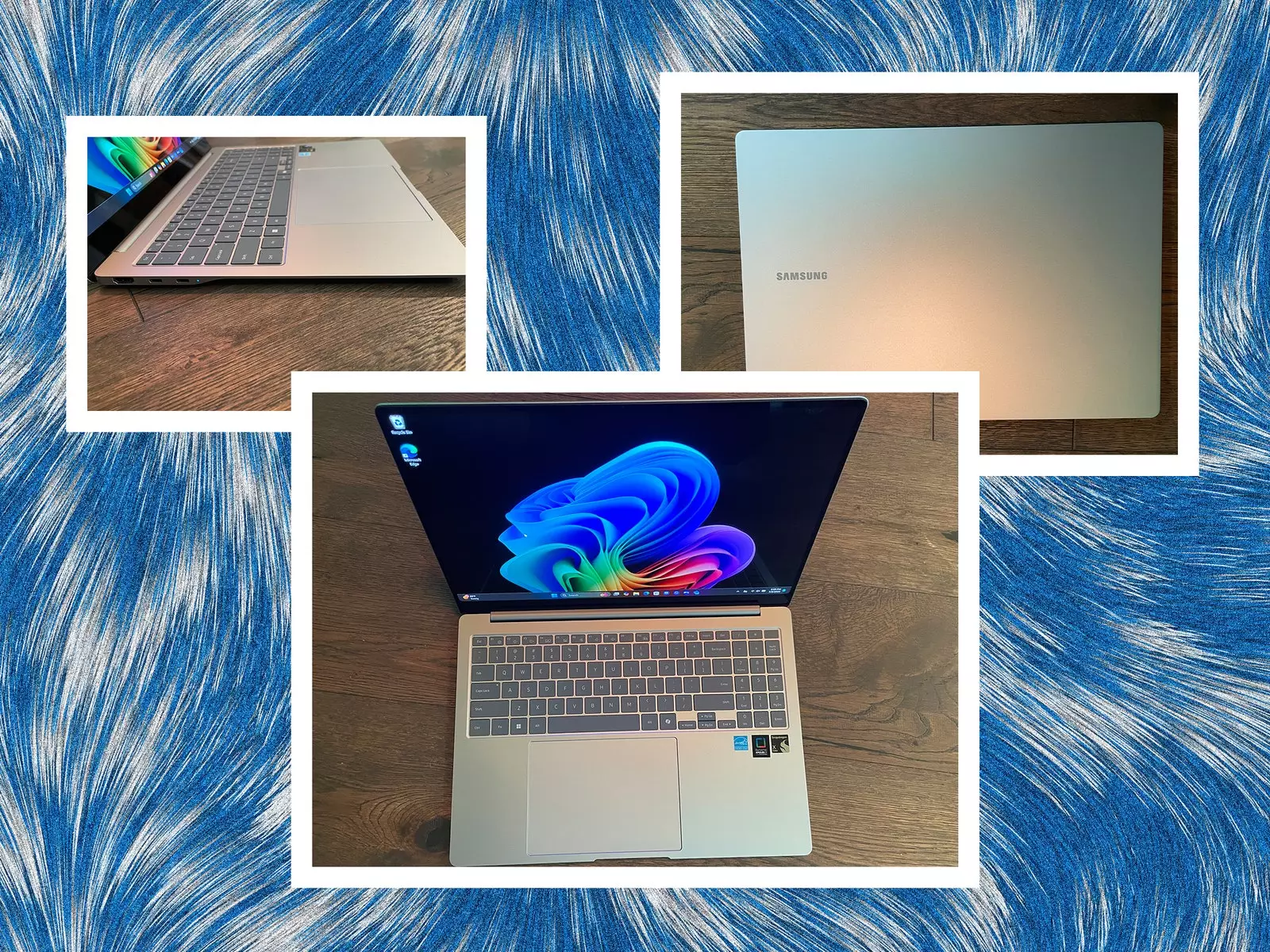The introduction of Copilot+ PCs marks a significant shift in the landscape of personal computing. These devices leverage ARM architecture, which has been gaining traction as an alternative to the long-established x86 architecture that powers most personal computers today. With their promising performance and outstanding battery life, Copilot+ PCs aim to meet the demands of modern users. However, as with any new technology, there are nuances and caveats that must be addressed to fully understand the potential and limitations of this innovative computing solution.
One of the most compelling aspects of Copilot+ PCs is their benchmark performance. Users have reported that these devices often outperform Intel and AMD laptops in similar price ranges for general business applications. Programs like Microsoft Office and common web browsers run seamlessly, showcasing the efficiency of ARM CPUs in handling everyday tasks. Additionally, the impressive battery life stands out, as ARM processors are designed with power efficiency in mind. This shift not only benefits users seeking portability but also highlights how technology is moving towards energy-conscious solutions.
However, beneath the surface, the transition to ARM poses compatibility issues that potential buyers must consider. The vast ecosystem of Windows applications has developed over decades around x86 architecture, and this creates inherent limitations for any ARM-based system. Although Microsoft’s Prism emulator offers a bridge to enable some x86 applications to run on ARM, it introduces significant challenges. Not all applications work seamlessly, and those that require emulation often experience reduced performance, which can frustrate users expecting the same functionality as on traditional PCs.
As the adoption of ARM technology grows, users are finding that the compatibility landscape is still uneven. While application support has improved since the dawn of ARM-based Windows, many software solutions continue to struggle. Some popular tools, especially niche applications like VPNs and specialized games, might not function well, if at all. This is particularly concerning for power users and gamers seeking performance reliability from their devices.
It is also essential to consider that mainstream applications, including Google Drive for Desktop, may not fully support ARM. This lack of compatibility can present a significant barrier to those who require specific software for their work or personal projects. Another notable drawback is that many Windows-based benchmarks fail to run on ARM systems, making performance comparisons with x86 machines an arduous task.
When assessing the capabilities of the Copilot+ PCs, it is hard to overlook the underlying graphics performance issues. The integrated GPU of the Snapdragon chipset is often criticized for its lackluster performance compared to the graphics solutions offered by Intel and AMD. For professional users engaging in graphics-heavy tasks, such as video rendering or high-end gaming, the limitations of Copilot+ PCs can be a serious drawback, suggesting that these systems may not be the best fit for users requiring robust graphical capabilities.
In parallel, the anticipated release of Intel- and AMD-based Copilot+ PCs raises hope for potential buyers. These alternative options promise to address compatibility challenges faced by ARM systems, enabling users to operate without the constant concern of a narrowing application ecosystem. Nevertheless, these Intel- and AMD products likely won’t offer the extraordinary battery life synonymous with ARM architecture, leaving users to weigh the benefits of performance against energy efficiency.
Ultimately, while Copilot+ PCs offer great promise with innovative features (such as the impressive Live Translate function), users must assess their unique computing needs thoroughly before diving into a purchase. Some features may become essential tools, while others might merely be fads, raising questions about user comfort and security regarding privacy. As the Copilot+ narrative unfolds, prospective users must consider their priorities and evaluate the full suite of features while being mindful of the limitations at hand.
While Copilot+ PCs represent an exciting leap into a new era of computing, they arrive with challenges that must not be underestimated. Those seeking to embrace this technology should approach it with an informed perspective, considering both the impressive advancements as well as the gaps in compatibility and performance.


Leave a Reply